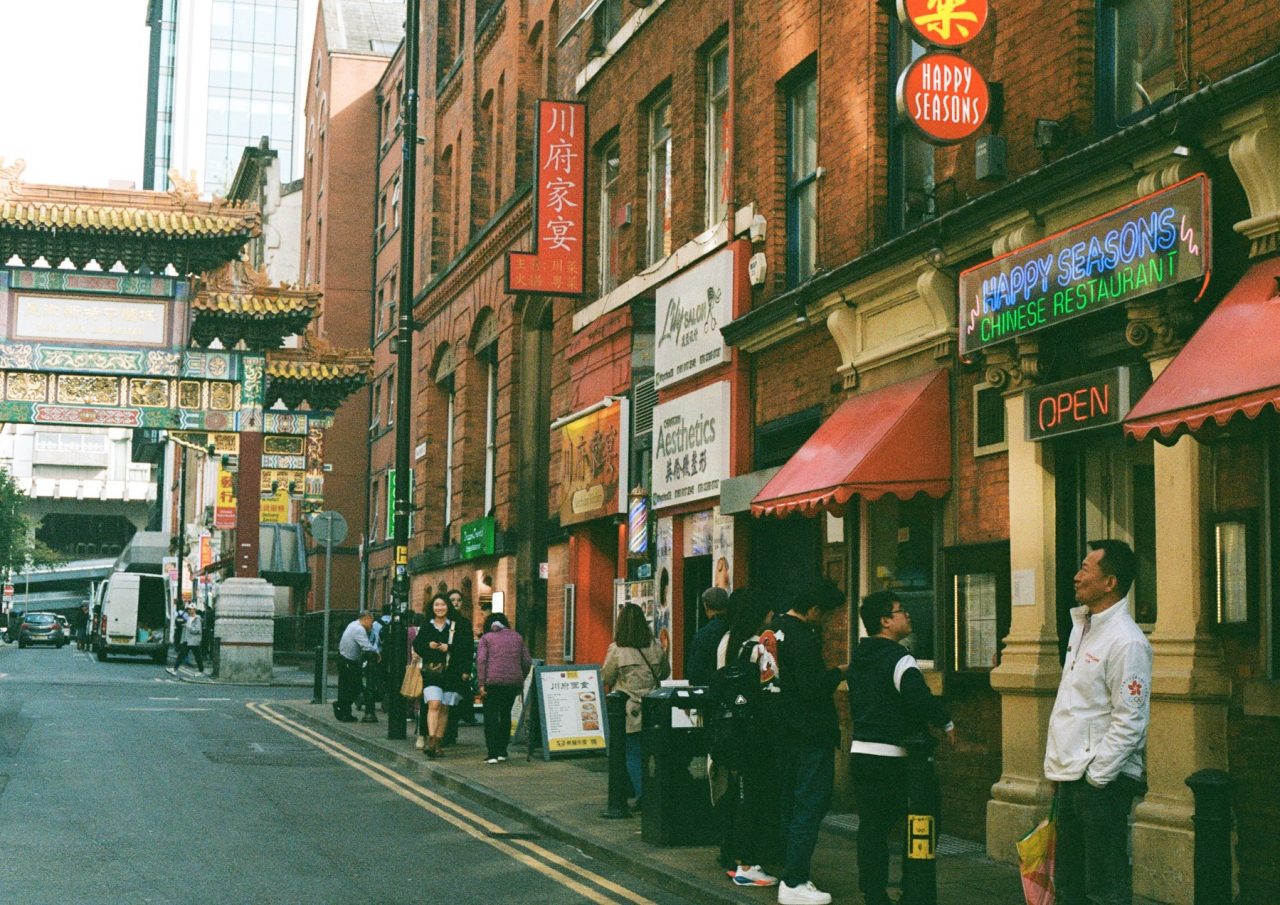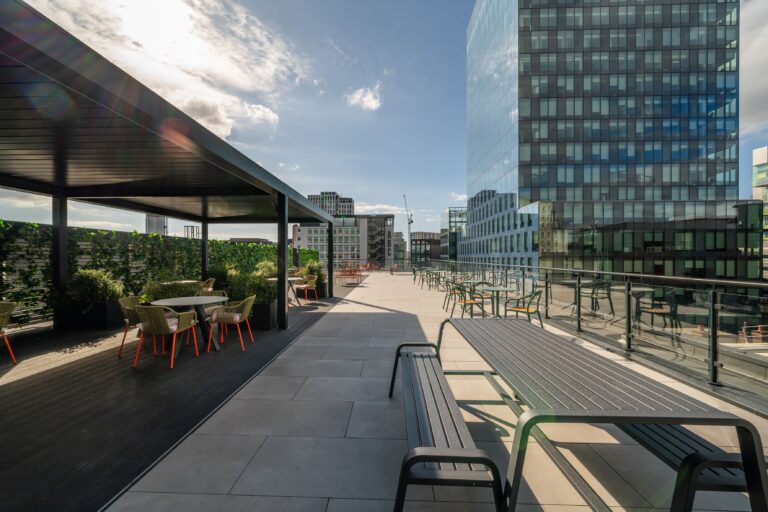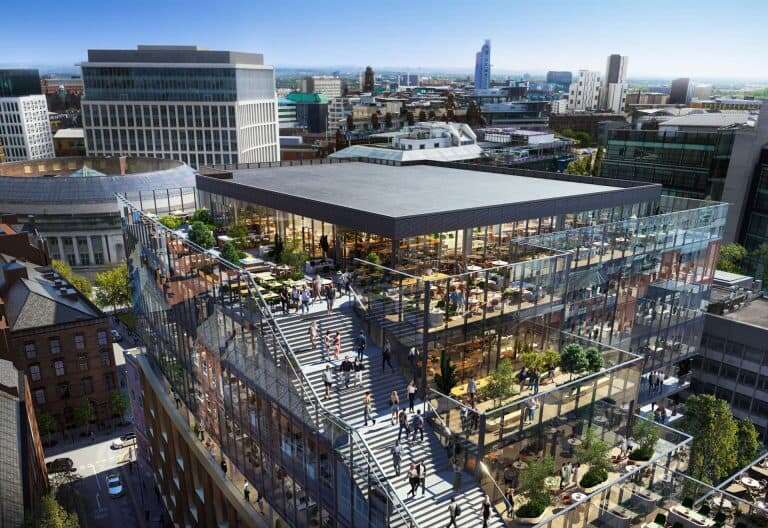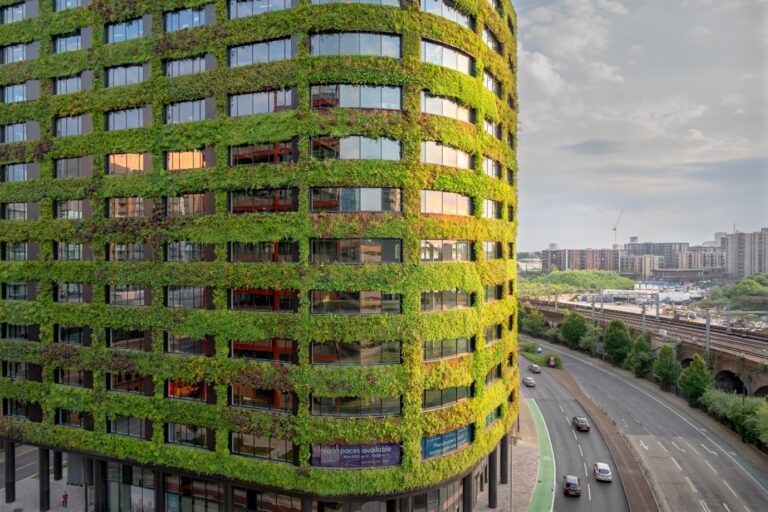A Sweet Influence
Alister Shapley | 31 January 2024
“I enter a building, see a room, and — in the fraction of a second — have this feeling about it.”
Peter Zumthor, Atmospheres
This subject has been discussed many times and from many different standpoints; from architects such as Peter Zumthor to writers like John Berger and typographers like Sarah Hyndman. It is well known that materiality and volume generate a mood as well as visual language. A mood isn’t static; it’s malleable. Similar to the way in which our minds connect to memories, spatial moods are affected by the world around us. The marks that life leaves give a space weight and reason, and typography can also influence this.
In Sarah Hyndman’s TEDx talk, “Wake up and smell the fonts”, she discusses the way in which sweet wrappers visually describe the experience she will encounter when she starts eating. We’ve all had similar experiences as a child in sweetshops or newsagents. Shops which could be classed as mundane are transformed by the joy and excitement of the wrappers’ typography. This effect can be both a blessing and a curse.
Space can also affect typography. Sci-fi has some fantastic examples of this. One of the most famous is the dense, compact, grotty space of the market scene in ‘Blade Runner’. The neon signs are bright and engaging, but the space that surrounds them lends them to a seedy tone. ‘Lost in Translation’ is another great example of how space and typography can juxtapose to emphasise a mood. ‘Lost in Translation’ uses spatial techniques to express the story of two people lost in an unknown city. As an example of this there is a particular scene where Charlotte (played by Scarlett Johansson) is seen sitting on a windowsill of a dark room gazing down at a city scale so dense of tower blocks it’s almost impossible to pick out the roads. Bright advertising boards expressing the fast pace “buy it now culture”. The dark and airy space Charlotte takes up feels alien from the rush of the city below giving a sense of confusion and loss.
Time also can transform typography’s relationship with space. This means that the relationship isn’t static, that it has a life. As in architecture, graphic design and typography should focus on longevity rather than pop culture. More and more we see throwaway design, both in graphics and architecture. In her TEDx talk, Sarah Hyndman said:
“Fonts turn words into stories”
I would expand on this by adding that “stories live as spatial mood”. We don’t live in a two-dimensional world. Space has a relationship with our visual language and affects it. The more we explore this relationship, the stronger our visual language will be, the more we have to be careful with our designs.
Related articles

Why Manchester’s Workers Are Fleeing Their Homes and Flocking Back to the Office
18 October 2024I remember sitting up in bed at university, about to log into my first online lecture. After a summer of lockdowns and minimal social interaction, getting back to university felt like a relief. While Covid had plenty of downsides, one silver lining seemed to be the end of mandatory in-person lectures. I rolled out of […]

Channel 4 signs on for St Michael’s
16 October 2024OBI is delighted to confirm that all of the office space at the forthcoming £120m Manchester office block from Gary Neville’s Relentless Developments has now been pre-let. Channel 4 has taken a 10-year lease for 12,293 sq ft at St Michael’s eighth floor, sharing half of the floor with Pinsent Mason. When the building completes […]

The New UK Net Zero Carbon Buildings Standard: What It Means for the Real Estate Industry
10 October 2024In 2020, OBI published a paper titled “Building Accreditations – A Developer’s Guide”. At the time, building design was evolving rapidly on the back of the pandemic, with landlords, investors and developers unsure which would be valued by the occupational market and the impact that they would have on rental value, void periods and the […]